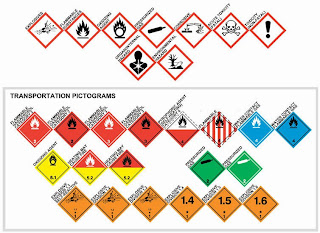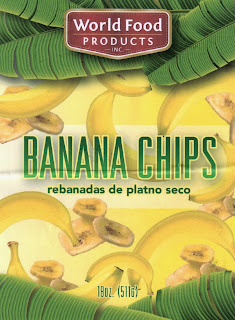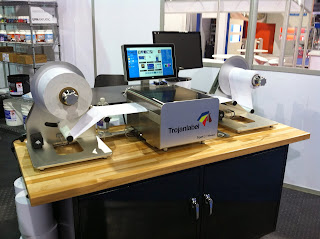According to the person
who contacted me, I overstated the costs of ribbons by “100% to 300%”. “By using ribbon
prices from Zebra, the industry leading manufacturer of thermal transfer
printers, you did not reflect accurately the “market prices” of thermal transfer printers” stated the person. Continuing, the person wrote, “Zebra commands
a dominate market position; therefore can charge 100% to 400% higher
prices than other ribbon resellers.”
In addition, this person stated I had used old information concerning the price increases in thermal transfer ribbons. In my previous post, I referred to statements from VDC and IIMAK in 2011 about potential price increases on thermal transfer ribbons. In my post, I wrote, “It seems the same films used in thermal transfer ribbons are being used in more profitable applications such as flat screen displays. VDC predicts users may switch to a different technology away from thermal transfer.”
After reading this
email, I realized that I had just received another good idea for a post to my
blog. I decided to update the
calculations using the Uline prices; as well as confirm the latest Zebra ribbon
prices (the ribbon prices on Zebra.com had not changed) and add the prices for
the black and red resin ribbons for the CAB Two-Tone printer that Color Label
Solution sells.
After adding the Uline prices,
confirming the Zebra ribbon prices, and inserting the prices for the black and
red ribbons for the CAB two tone printers, here is the new cost comparison in
terms of MSI (thousand square inches):
 |
| Ink Cost/ MSI Of Various Label Printer Technologies |
Based on these latest
results, my interpretation seems to remain the same. First, the cost to print using the TM-C3500
or GP-C831 is not significantly different than thermal transfer printers
(assuming ISO standard coverage).
Second, if you need to use resin ribbon to meet your durability needs or
the BS5609 requirements for marine shipments, the ink costs from the TM-C3500 or
GP-C831 may be less.
In addition to the
previous two interpretations, I added a new observation from my analysis; if
you want to use thermal transfer ribbons to produce GHS labels, contact Color
Label Solutions. The ribbon prices for
the CAB two-tone printer from Color Label Solutions is much better than the
resin ribbon prices from either Zebra or Uline.
In my analysis, please
remember one key caveat: Coverage. If you look at the ISO standard documents,
coverage may be less than the coverage utilized in your labels.
For the inkjet and laser
estimates, the costs increase substantially with increased coverage. For thermal transfer, however, the costs
remain the same whether the coverage is 1% or 100%. Therefore, you may have a lower ink costs by
using thermal transfer printers when print coverage is high.
Also, please remember
this analysis is only for ink costs.
Label media costs differ among the three technologies as well. I plan to compare the cost of labels for all
three types of printers in an upcoming post.
All three
technologies may be used to produce GHS Labels.
Check out Color Label Solutions for different options to meet your GHS label
requirements: http://colorlabelsolutions.com/Chemical-Manufacturing.html. #GHSLABELS
If you need help deciding which technology to utilize for your labels,
contact Color Label Solutions (www.colorlabelsolutions.com). We’ll find the best
solution to meet your requirements. #COLORLABELS.
Guy Mikel
855-962-7670































